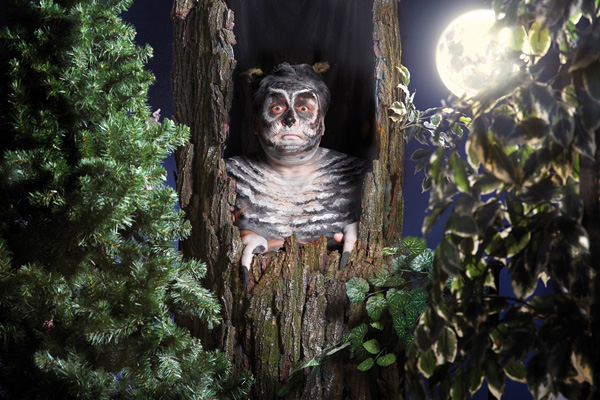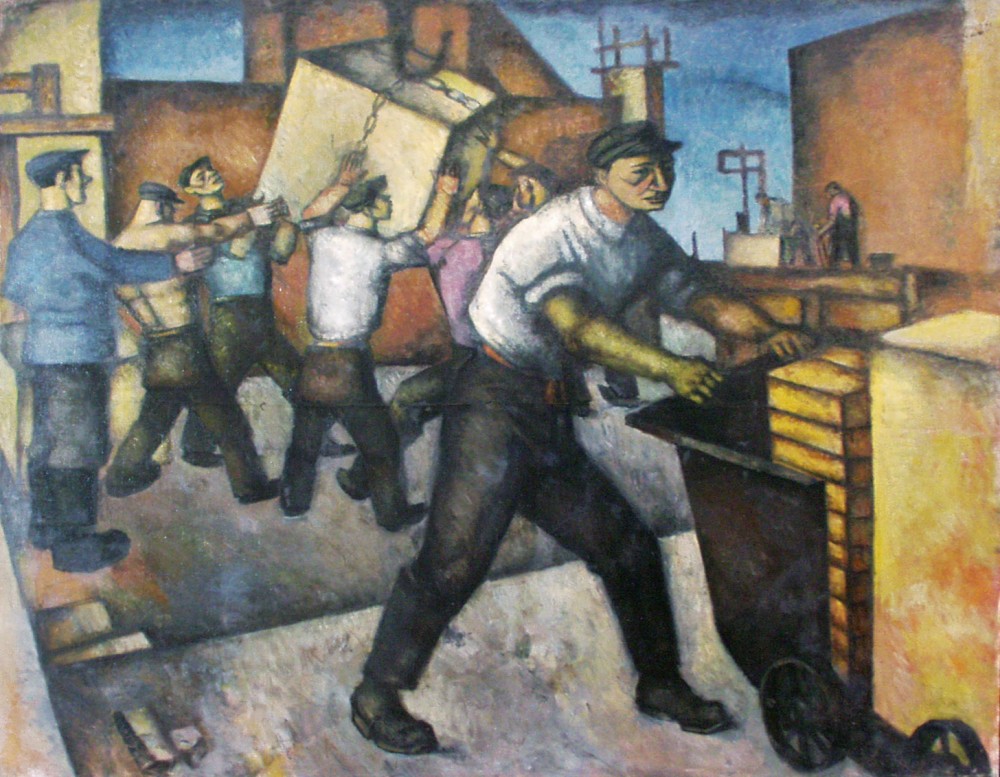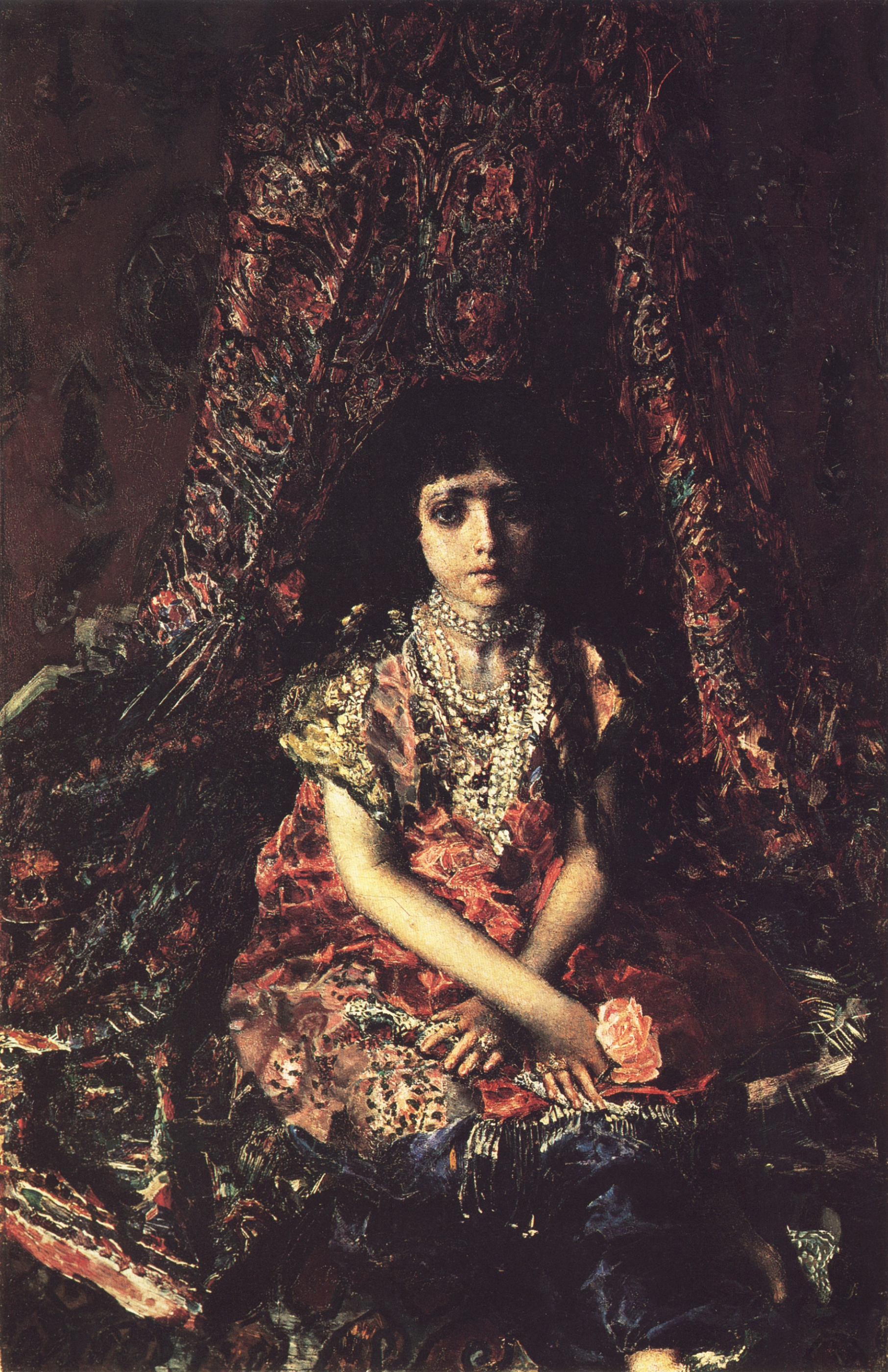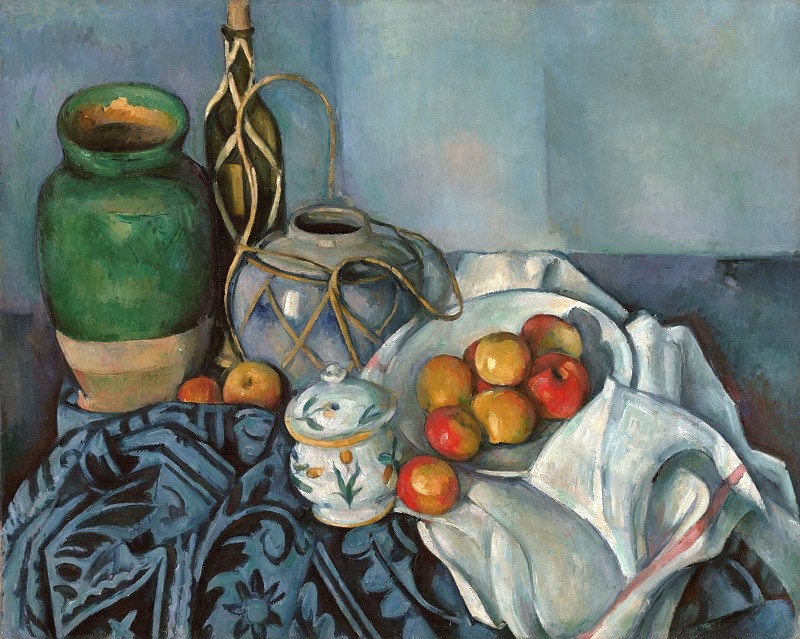AUGUST ZANDER EXHIBITION OPENED IN MULTIMEDIA ART MUSEUM
 An exhibition of August Zander, an outstanding photographer of the twentieth century, entitled “Portrait. Landscape. Architecture”. The exhibition presents about 150 photographs, including the famous portraits from the project “People of the Twentieth Century”, landscape and architectural photographs taken in Germany. The exhibition was conceived by the grandson of the photographer Gerd Zander and organized in cooperation with the Prischi Paskwer Gallery (Cologne), as well as the Theater of Photography and Images of Charles Negra (Nice).
An exhibition of August Zander, an outstanding photographer of the twentieth century, entitled “Portrait. Landscape. Architecture”. The exhibition presents about 150 photographs, including the famous portraits from the project “People of the Twentieth Century”, landscape and architectural photographs taken in Germany. The exhibition was conceived by the grandson of the photographer Gerd Zander and organized in cooperation with the Prischi Paskwer Gallery (Cologne), as well as the Theater of Photography and Images of Charles Negra (Nice).
The work of August Zander significantly influenced several generations of photographers and artists and continues to serve as an unconditional creative guide. “By nature, photography is a documentary art,” Zander declared in 1931 during one of the radio lectures, thus expressing his creative credo, to which he remained faithful until the end of his life. The fame and status of the master Zander is obliged to scale portrait series, on which he began working at the very beginning of his career. Critics point out that the portraits of the German photographer are frontal, usually quite rigorous shots with an elaborate composition, completely devoid of any spectacle and showiness.
Zander was able to grasp the individuality and characteristics of his characters, while always openly pointing out their belonging to one or another social group. Thus, his photographs are not just a collection of portraits, but a full-fledged social section of Germany of the interwar era and an interesting historical document.
In the early twenties, August Zander communicates a lot with representatives of the German avant-garde art, in particular with Otto Dix, who became one of his close friends. The money brought by commercial orders allows Zander, in his free time, to work on the ambitious documentary project “People of the Twentieth Century”, whose task is to compose a typology of modern Germans and create a social portrait of the era. He selects characters for photographs among acquaintances and clients.
Zander does not think of a person in isolation from his environment, therefore, in parallel with portrait photography, he is actively studying the fauna and working on a topographical description of German territories.
In 1933, the photographer began to release thematic albums dedicated to various regions of Germany, including the Rhine Valley. Despite the fact that, as a topographer, August Zander will not reach widespread fame, it can rightfully be considered the forerunner of modern landscape and architectural photography.
The creative style of Zander, his methodicalness, objectivity and special attitude to the work on the series had a great influence on such masters as Walker Evans, Irving Penn, Diane Arbus, Robert Frank, Bernd and Hill Beher, Thomas Ruff, Thomas Strut and Andreas Gursky.
In November 1927, in response to a question about what prompted him to create “People of the Twentieth Century,” August Zander wrote: “To see, observe and think.” Since three childhood words have sunk into the soul of Gerd Zander, who, following his father, decided to devote himself to preserving, describing and promoting the artistic heritage of his grandfather.



